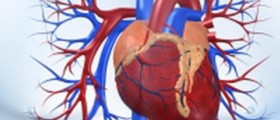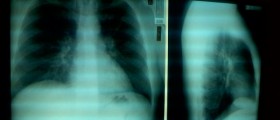
This kind of blood disorder actually refers to the process of blood clotting. Several types have been identified, but regardless of their differences, all of them result in bleeding longer than it is normal. Since the process of blood clotting or coagulation depends on the presence of platelets and procoagulant plasma proteins, the lack of one of them is the real cause of this disease. The type of hemophilia will also depend on the factor which is not present in sufficient quantity. This way, those who are deficient in the factor VIII have hemophilia A, while those who lack of the factor IX are diagnosed with hemophilia B. People who have hemophilia C lack or the factor XI. The type A is the most common, while the type C is very rare and characterized by the mildest symptoms.
Since this is a genetic disorder, the gene responsible for the presence of hemophilia A and B cannot be passed on from father to son, because male children inherit an X chromosome from their mothers. As for the type C, both parents can pass on the gene responsible for it to their children, and this type is equally present in both genders, while the other two types are almost always typical of males.
The main characteristics
Since the levels of the clotting factors which are deficient vary from person to person, the symptoms also vary. In cases in which the levels are extremely low, the person is likely to experience so-called spontaneous bleeding. This might include numerous deep bruises that occur without an explanation and bleeding without a reason. Due to the presence of internal bleeding, the person might experience swelling or pain in the joints, although the blood can also be present in the urine or stool. If a person gets a cut or an injury, the bleeding won’t be stopped easily, and the same goes for bleeding after a tooth extraction, for example, and not to mention the surgery. If the levels of clotting factors are not that low, then the person might only have the problems to stop the bleeding after some surgery or trauma.
In cases of babies, the symptoms are not that obvious, which is primarily so due to the fact that their ability to move is limited at the beginning. Later on, when they begin to move around, some bruises might begin to appear, and as the child becomes more active, the symptoms will become more noticeable.

















Your thoughts on this
Loading...